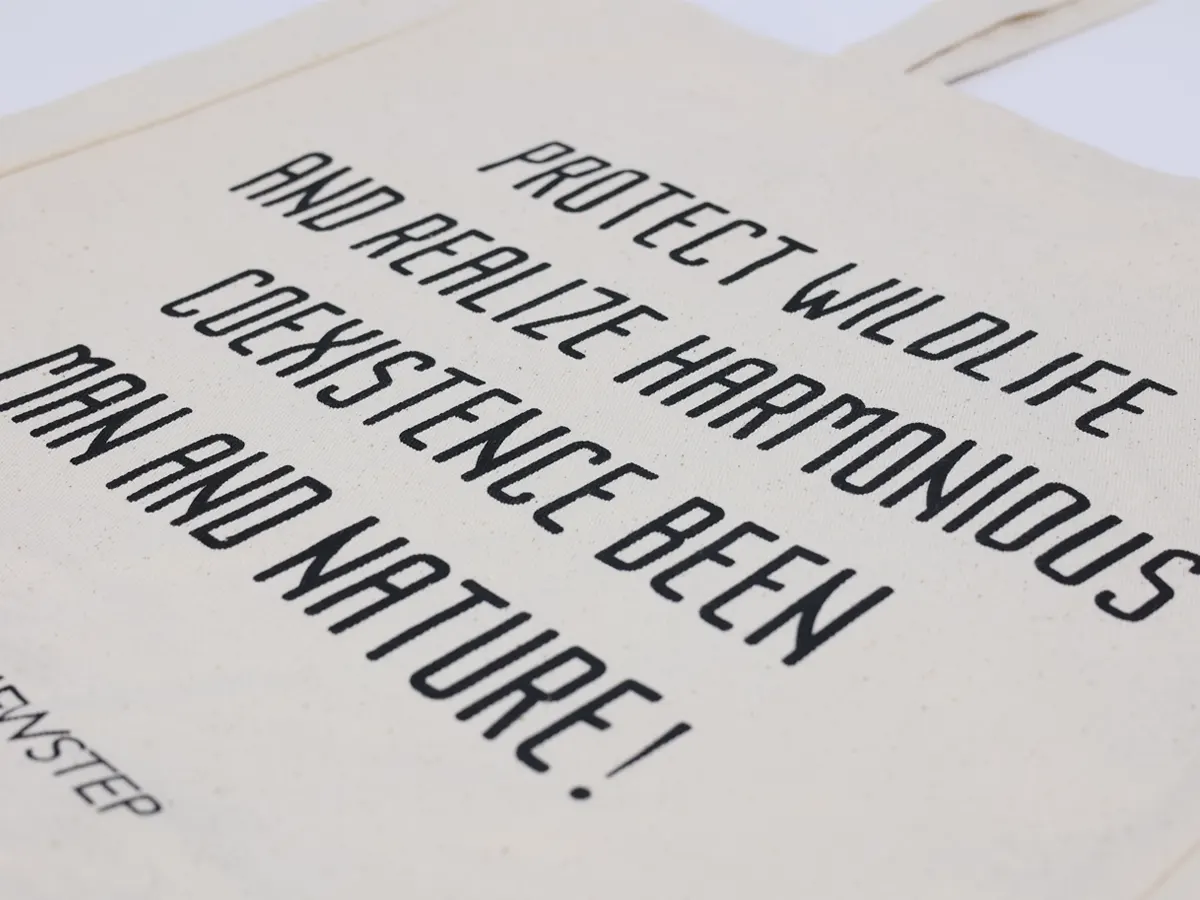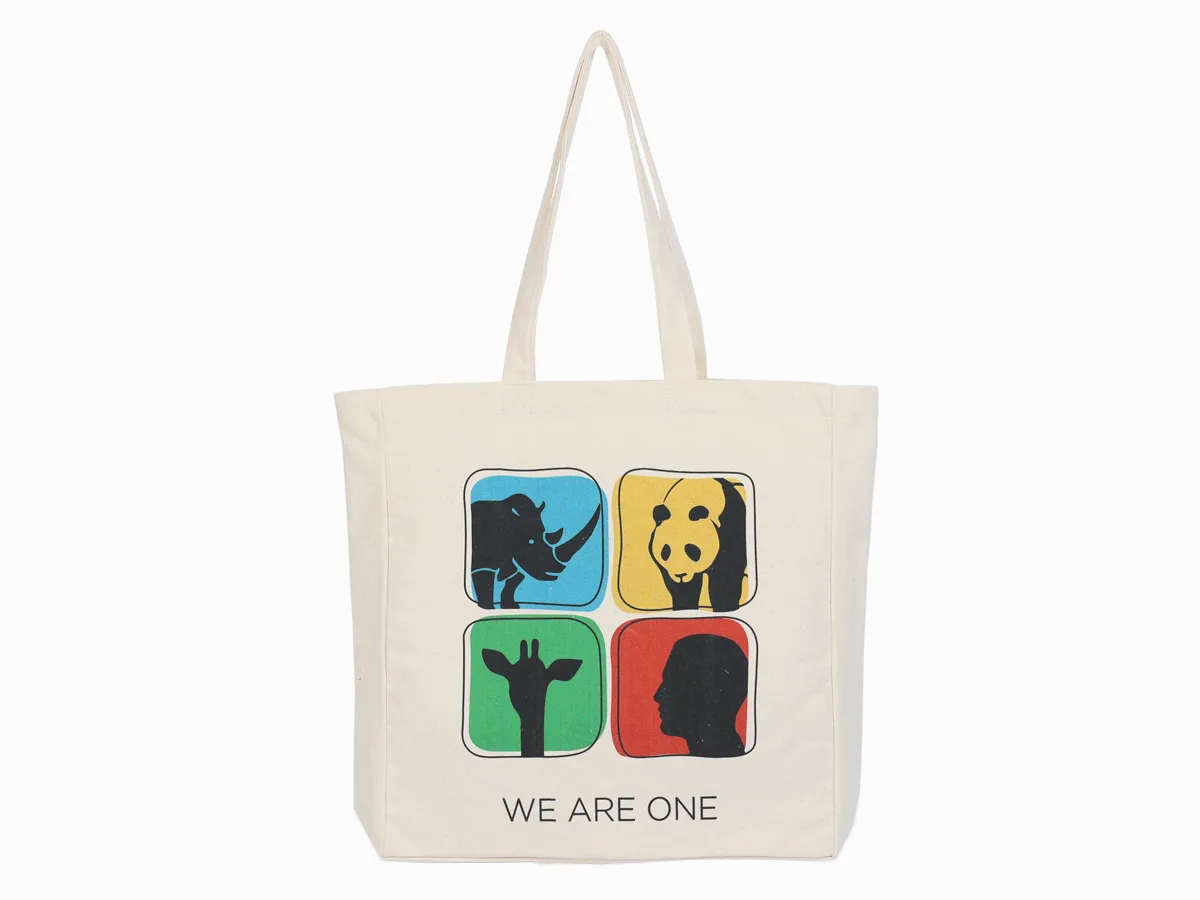In an era where sustainability is at the forefront of consumer consciousness, the fashion industry is undergoing a transformation towards more eco-friendly practices. One significant aspect of this shift is the adoption of recycled materials, and recycled cotton, in particular, is gaining prominence. Cotton tote bags, often considered eco-friendly alternatives to plastic bags, are no exception to this trend. In this article, we will delve into the various types of recycled cotton used in the production of cotton tote bags and explore the production processes that generate excess cotton for recycling, as well as how used cotton is re-produced to create sustainable textiles.
Types of Recycled Cotton

Spinning Mills: Spinning mills are essential in the textile manufacturing process. They take raw cotton fibers and spin them into yarn. During this process, there is often some wastage due to irregularities in the cotton or yarn breakage. This wastage can be collected and repurposed into recycled cotton.
Weaving and Knitting Facilities: These facilities turn yarn into fabric, and like spinning mills, they generate waste in the form of off-cuts, damaged fabric, or rejected textiles. By collecting and recycling these materials, we can minimize waste and reduce the need for virgin cotton.
Clothing and Textile Factories: The production of clothing and textiles is not without its share of surplus materials, whether it be garments that don’t meet quality standards or unused fabric. These factories can divert such waste from landfills and incorporate it into the production of recycled cotton.
Production Processes Generating Excess Cotton
Spinning Mills: Spinning mills are essential in the textile manufacturing process. They take raw cotton fibers and spin them into yarn. During this process, there is often some wastage due to irregularities in the cotton or yarn breakage. This wastage can be collected and repurposed into recycled cotton.
Weaving and Knitting Facilities: These facilities turn yarn into fabric, and like spinning mills, they generate waste in the form of off-cuts, damaged fabric, or rejected textiles. By collecting and recycling these materials, we can minimize waste and reduce the need for virgin cotton.
Clothing and Textile Factories: The production of clothing and textiles is not without its share of surplus materials, whether it be garments that don’t meet quality standards or unused fabric. These factories can divert such waste from landfills and incorporate it into the production of recycled cotton.
Reproduction of Used Cotton
The process of reproducing used cotton into recycled cotton involves several key steps:
Collection: Used textiles, clothing, and cotton waste are collected from various sources, including donation centers, recycling programs, and textile manufacturers.
Sorting: Collected materials are sorted based on fiber type, color, and quality. This step is crucial for ensuring that the recycled cotton meets the required standards.
Cleaning and Decontamination: The sorted materials undergo cleaning and decontamination processes to remove impurities, such as buttons, zippers, and dyes.
Shredding and Fiber Regeneration: The cleaned textiles are shredded into smaller pieces and then mechanically or chemically processed to break down the fibers into a usable form.
Blending: In some cases, recycled cotton may be blended with other fibers to enhance its properties or achieve specific textures or colors.
Spinning and Weaving: The regenerated cotton fibers are spun into yarn and then woven or knitted into fabric, which can be used to create cotton tote bags.
Recycled cotton is a sustainable alternative that holds promise for the fashion industry, particularly in the production of cotton tote bags. By utilizing various types of recycled cotton and employing efficient recycling processes, we can reduce textile waste, conserve resources, and promote eco-friendly fashion choices. As consumers become more environmentally conscious, the demand for recycled cotton products, including cotton tote bags, is expected to grow, contributing to a greener and more sustainable future for the fashion industry.




